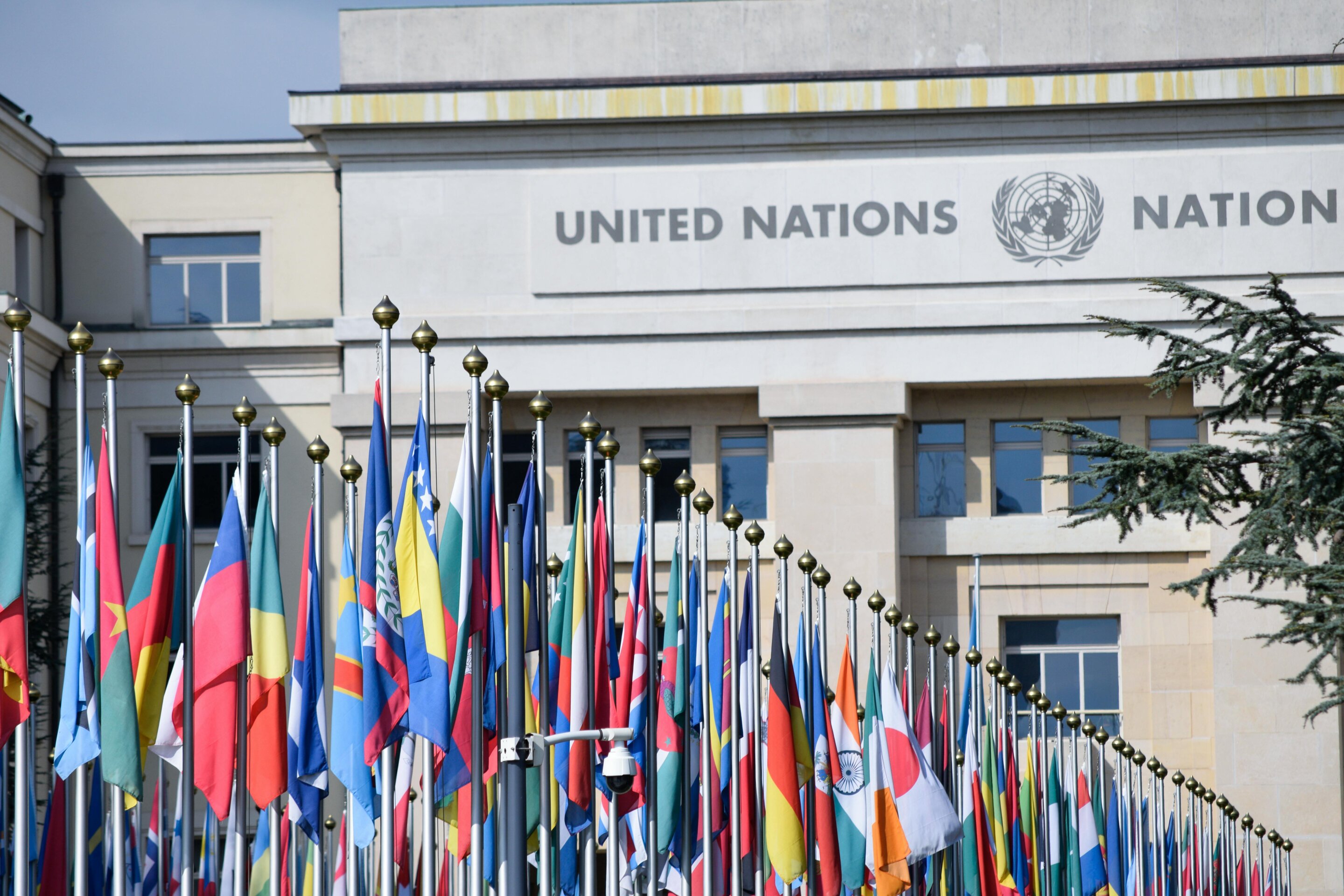- No need to sell this AI data center play ahead of earnings — and updates on 3 more industrial stocks
- Beyond 'one pore at a time': New method of generating multiple, tunable nanopores
- Researchers create orientation-independent magnetic field-sensing nanotube spin qubits
- Solid electrolyte composed of nanoparticles shows promise for all-solid-state batteries
- Study reveals invasive Apple Snail could spread further in Africa
What do you believe is the single most important factor driving up the cost of living in Nigeria?

Demonstrating how Great Barrier Reef water quality targets can be achieved through gully remediation
A new study conducted at Bonnie Doon Creek on the lower Burdekin River in Queensland has demonstrated a significant reduction in sediment yield through large-scale remediation of alluvial gullies. The findings are published in the journal International Soil and Water Conservation Research.
The research, led by Associate Professor Andrew Brooks from Griffith University's Coastal and Marine Research Centre, used a Before After Control Impact (BACI) design field experiment, to measure the effectiveness of Great Barrier Reef (GBR) water quality improvements that can be achieved through targeted gully remediation.
The study focused on four large alluvial gully complexes, covering an active area of approximately 17 hectares.
The remediation efforts resulted in a remarkable reduction of 96%-99% in fine sediment yield within one year, translating to an annual reduction of approximately 5,500 tonnes from just these four gullies.



- October 2, 2024
Marburg virus kills nine in Rwanda


- October 2, 2024
Facing backlash, EU moves to delay deforestation rules

- October 2, 2024
47 tigers dead in Vietnam zoos due to bird flu: State media

- October 2, 2024
EU eyes more research to reclaim global science lead

Subscribe to our mailing list to get the new updates!

Subscribe our newsletter to stay updated
Thank you for subscribing!






